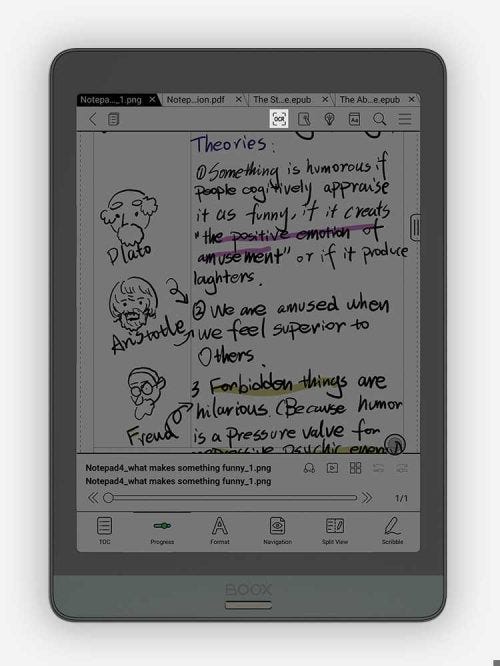

Everyone has their own unique writing style.Ĭharacters can be elongated, swooped, slanted, stylized, crunched, connected, tiny, gigantic, etc. Consider the extreme amount of variations and how characters often overlap. Handwriting recognition is an entirely different beast though.


#CONVERT HANDWRITING TO TEXT SCANNER CODE#
Looking for the source code to this post? Jump Right To The Downloads Section OCR: Handwriting recognition with OpenCV, Keras, and TensorFlow
#CONVERT HANDWRITING TO TEXT SCANNER HOW TO#
To learn how to perform handwriting recognition with OpenCV, Keras, and TensorFlow, just keep reading. I truly think you’ll find value in reading the rest of this handwriting recognition guide. You’ll see examples of where handwriting recognition has performed well and other examples where it has failed to correctly OCR a handwritten character. Today’s tutorial will serve as an introduction to handwriting recognition. We’re not there yet, but with the help of deep learning, we’re making tremendous strides. Handwriting recognition is arguably the “holy grail” of OCR. These variations in handwriting styles pose quite a problem for Optical Character Recognition engines, which are typically trained on computer fonts, not handwriting fonts.Īnd worse, handwriting recognition is further complicated by the fact that letters can “connect” and “touch” each other, making it incredibly challenging for OCR algorithms to separate them, ultimately leading to incorrect OCR results. Talk about embarrassing! Truly, it’s a wonder they ever let me out of grade school. And on more than one occasion, I’ve had to admit that I couldn’t read them either. I’m often asked by those who read my handwriting at least 2-3 clarifying questions as to what a specific word or phrase is. Figure 2: As you can see, my handwriting leaves a little bit to be desired.


 0 kommentar(er)
0 kommentar(er)
